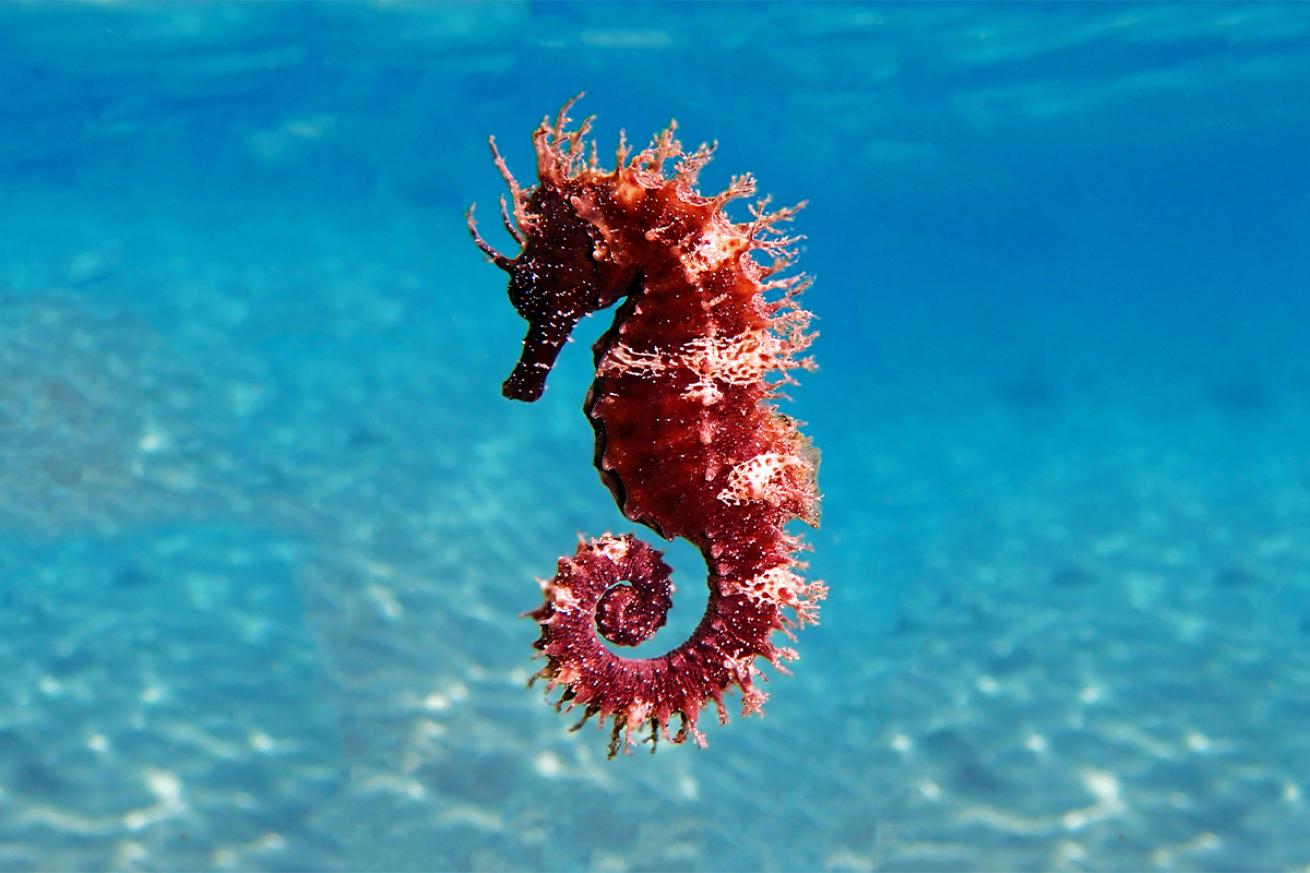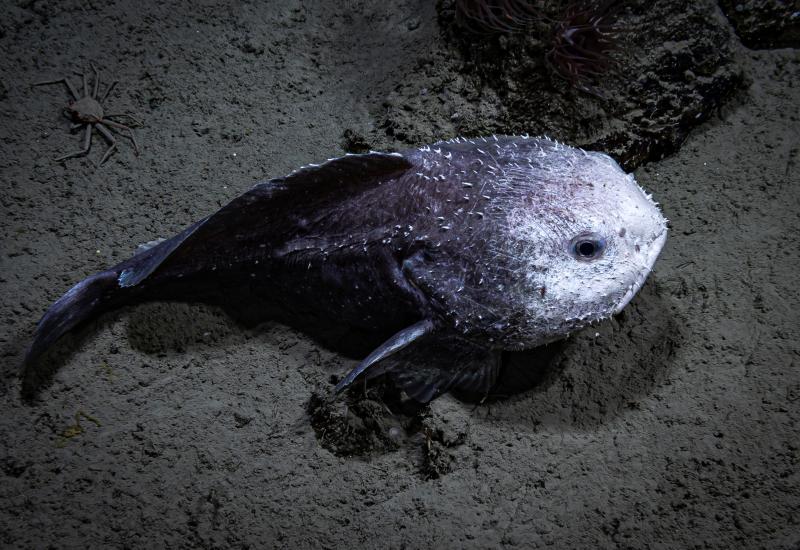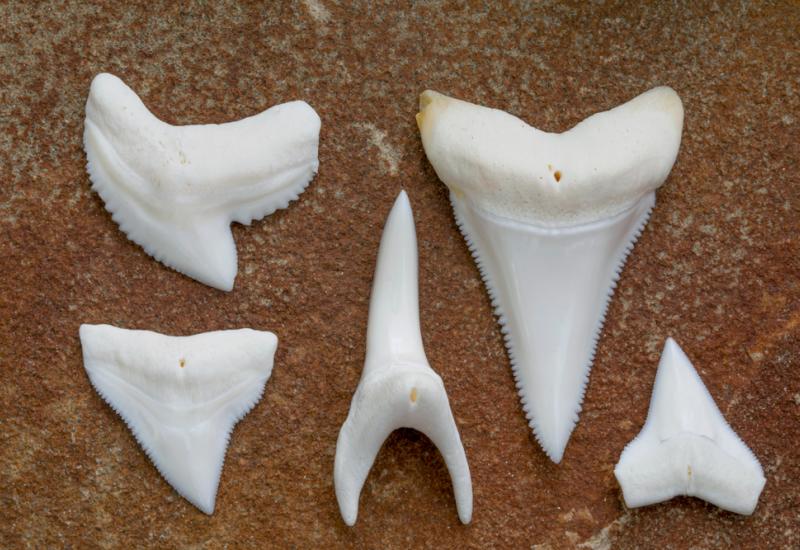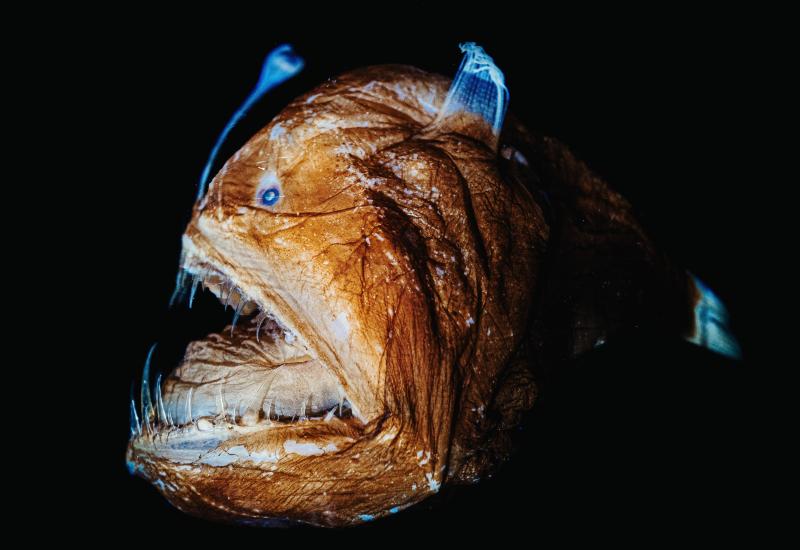Does Flash Photography Hurt Marine Life?

Shutterstock.com/[Vojce](https://www.shutterstock.com/g/vojce)Sea horses are one of the few animals scientists have studied the effects of flash photography from divers.
Does flash photography cause harm to marine life?
While marine photography can be an educational and inspirational tool, the troubling reality is that the process of taking those photos can sometimes cause some (usually temporary, usually minor) harm to marine animals. Have you noticed that aquariums ask you not to take flash photos of the fish on exhibit? There’s a good reason for that—it causes stress and panic, recently resulting in a captive fish dying, and ethical underwater photographers should take note and be careful.
While the possible impacts of flash photography in terms of temporary blindness and stress are clear and have been observed anecdotally by many divers, this has only been scientifically studied in a handful of species. Seahorses, for example, are stressed out by scuba divers taking their photos with flash photography. However, the effect is negligible and temporary … unless those divers physically grab the seahorse to move it for a better shot, which is a rant for another time. However, when photographing smaller fish like seahorses, divers get very close to the animal, which itself causes a great deal of stress. Other species of fishes are temporarily “dazzled” by the bright flash of light, leaving them less able to defend themselves from predators.
The good news is that even repeated flash photography does not seem to cause any kind of permanent retinal damage, at least to shallow-water species that divers are most likely to encounter and photograph whose eyes are used to light. But just as you should be careful with where you shine your dive light during a night dive to avoid blinding a prey fish (or spotlighting it for predators,) you should be extra careful with your flash photography at night.
The benefits of education and conservation-minded underwater photography are clear and well-documented. No one is saying don’t take photos. Be mindful and aware that flash photography can temporarily blind, illuminate and stress out animals, which can cause harm.
Ask a Marine Biologist is a monthly column where Dr. David Shiffman answers your questions about the underwater world. Topics are chosen from reader-submitted queries as well as data from common internet searches. If you have a question you’d like answered in a future Ask a Marine Biologist column, or if you have a question about the answer given in this column, email Shiffman at [email protected] with subject line “Ask a marine biologist.”

Courtesy ImageDavid Shiffman
Dr. David Shiffman is a marine conservation biologist specializing in the ecology and conservation of sharks. An award-winning public science educator, David has spoken to thousands of people around the world about marine biology and conservation and has bylines with the Washington Post, Scientific American, New Scientist, Gizmodo and more. Follow him on @WhySharksMatter on Twitter, Facebook and Instagram, where he’s always happy to answer any questions about sharks.
The views expressed in this article are those of David Shiffman, and not necessarily the views Scuba Diving magazine.









